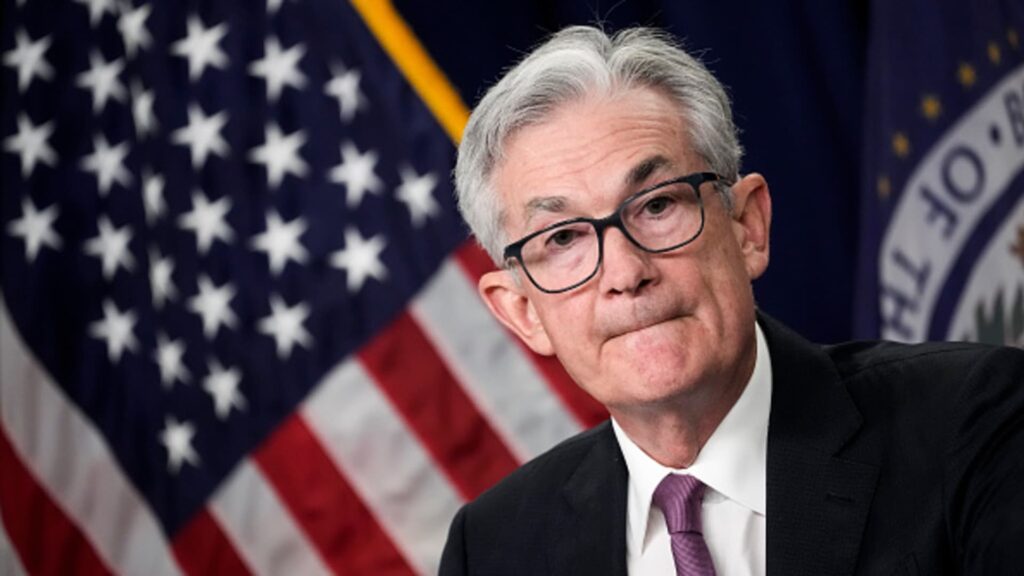Two things will capture all the market’s attention in the coming week: The Federal Reserve’s March meeting and the government’s ongoing attempt to quell worries about the banking system. The market is currently pricing in a slightly higher likelihood that the Fed hikes interest rates by 25 basis points on Wednesday, versus keeping leaving them unchanged (about 60/40 split as of Friday’s close). However, with inflation cooling, there is an argument to be made for a “hawkish pause,” to raising rates. This would buy the FOMC some time to digest the collapse of SVB’s impact on the banking sector and gather more inflation data as the February core PCE price index — the Fed’s preferred measure of inflation — is out March 31. SVB officially filed for bankruptcy on Friday. As a result of SVB’s meltdown, banks are increasing their deposit rates in order to better compete with Treasury yields, which have proven a better alternative to keeping cash in savings and checking accounts. They have also begun to tighten lending requirements. These two moves should do at least some of the Fed’s tightening work for it. As discussed on Friday, the government must figure out how to once again instill confidence in the US banking system and assure depositors that their money is safe without causing any or at the very least minimizing the risk of moral hazard. Rate hike or not, we will closely watch Fed Chair Jerome Powell’s post-announcement press conference for clues about future policy. The Fed chair needs to balance the committee’s rate decision with the counterweight of his commentary. Put another way, we are looking for a “hawkish pause,” or — given the probabilities indicated by the CME FedWatch Tool for a hike — a “dovish raise.” A strong argument for the latter (dovish raise) is that it would show the market the Fed doesn’t see the SVB event as something indicative of a wider problem. At the same time, it would also make clear the central bank is going to proceed with…
Read the full article here





